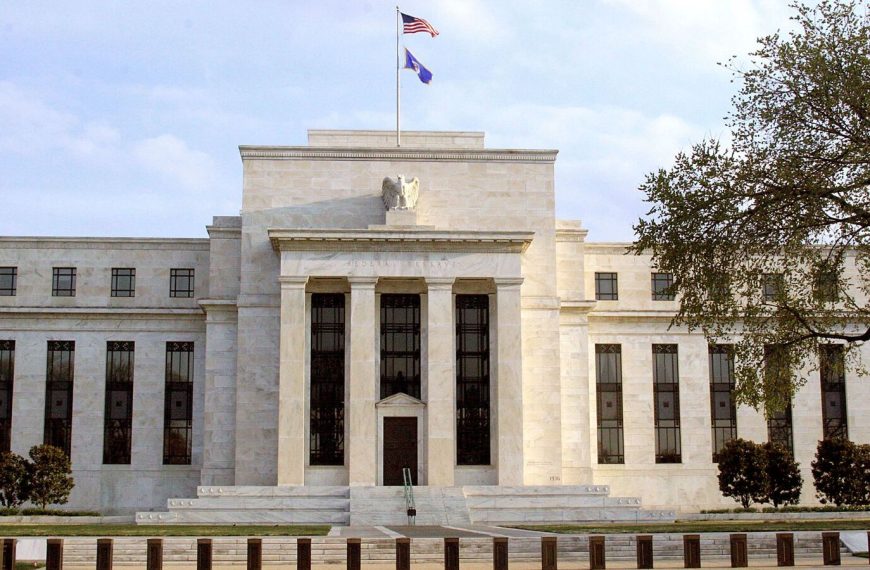In a significant shift in the banking landscape, bank reserves have experienced a steep decline, plummeting by approximately $209 billion to reach $3 trillion in the week ending April 30, as reported by Federal Reserve data on Thursday. This marks a notable low point since January 1, 2023, and represents the most substantial weekly drop observed this year, surpassing the decrease seen two weeks earlier linked to U.S. income tax receipts.
Understanding the Decline in Bank Reserves
The recent downturn in bank reserves can be attributed to financial institutions tightening their balance sheets. Many banks have scaled back on activities that require significant balance sheet resources, such as reverse repurchase agreements (RRPs). This strategic move aims to enhance their financial stability in compliance with regulatory standards.
- Key Points:
- Bank reserves fell to $3 trillion.
- The drop was $209 billion in just one week.
- This is the largest weekly decline in 2023.
Impact on Liquidity and the Financial System
As banks redirect cash into the Federal Reserve’s overnight reverse repo facility, liquidity is being drained from other liabilities on the Fed’s balance sheet. Between April 23 and April 30, usage of the RRP facility surged by $79 billion, only to decline by $93 billion on Thursday. This dynamic illustrates the balancing act banks must perform in managing cash flow and liquidity.
Additionally, the influx of tax receipts has propelled the growth of the Treasury General Account, another liability on the Fed’s books. In April alone, this account saw an increase of about $389 billion, concluding the month with a balance nearing $678 billion.
Navigating Quantitative Tightening
These fluctuations in cash reserves significantly influence the operational dynamics of the financial system. As the Federal Reserve continues its quantitative tightening (QT) strategy, the agency has recently moderated the pace at which it allows bond holdings to roll off its balance sheet.
Chair Jerome Powell noted a slight tightening in money-market rates, yet earlier discussions among Fed officials highlighted the possibility of pausing or slowing QT until a resolution on the debt ceiling could be reached. This is crucial, as a decline in cash reserves might inadvertently cause bank reserves to rise, obscuring signals that indicate when cash balances are reaching a critical low.
Conclusion
The current landscape of bank reserves and liquidity is shifting significantly, influenced by both internal banking strategies and external fiscal policies. As financial institutions adjust to regulatory pressures and navigate the complexities of the Fed’s monetary policies, stakeholders must remain vigilant about the potential impacts on market stability and economic growth.
For more insights on financial trends and banking operations, visit Federal Reserve Economic Data or explore additional resources in our financial insights section.











